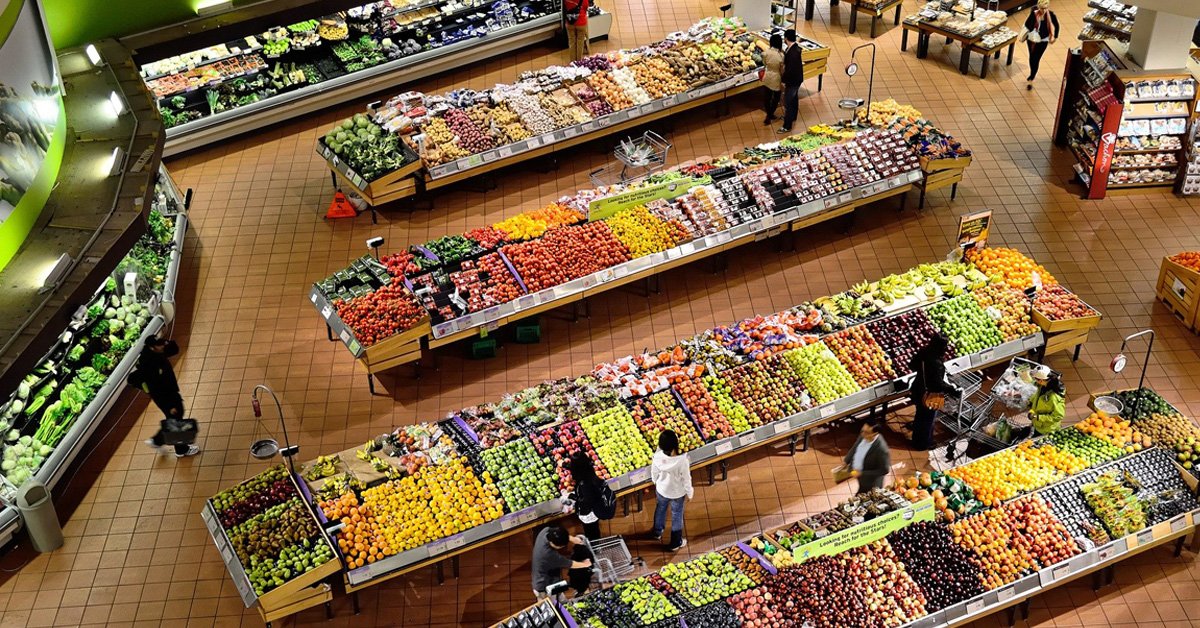According to the Bureau of Labor Statistics, the average American household spends over $7,700 per year on groceries and restaurant food. In these trying times, you may be looking for opportunities to cut costs but food is essential for good health. How can you reduce your food budget without sacrificing your health goals? Here are some tips for keeping your grocery bill in check:
Make a list that allows for flexibility. The act of making a grocery list will encourage you to plan your meals for the week. You can use a traditional paper list or an app. If you stick to your list, it can prevent you from buying unnecessary foods that go to waste and can also keep impulse buys out of your shopping cart. But it’s important to have some flexibility. For example, if you planned to buy broccoli but the green beans are on sale, swap in the less expensive vegetable.
Embrace imperfections in fruits and vegetables. Many grocery stores now offer shelves of fruits and vegetables at a reduced cost because they don’t have the perfect size, shape, or color. They may look different but they still taste great! With your flexible shopping list, you can swap in some of these bargain produce options.
Consider a variety of protein foods. Meat and fish can be some of the priciest foods in the grocery store but you can still buy them on a budget. For meat, family-sized or value packs are often the best deal per ounce and you can freeze the portions that you don’t need. Look in the canned aisle for affordable chicken, tuna, and salmon for making salads or filling sandwiches. Eggs, Greek yogurt, and tofu are great low-cost protein sources in the refrigerated section. With so many brands of Greek yogurt, there is often at least one type on sale. Buy the plain version and add your own fruit for a sweet treat or use in place of sour cream on tacos or baked potatoes. Don’t forget about plant-based options like lentils and beans; they cost far less than meat and are packed with fiber, vitamins and minerals, too.
Be savvy with price tags. Price tags have a retail price (the price you pay) but they also typically have a unit price. The unit price might be in ounces, pounds, quarts, etc. When you are comparing products that have different sizes, the unit price can help you determine the most cost-effective option. For example, here are two options for yogurt.
|
|
32-ounce container of yogurt |
6-ounce container of yogurt |
|
Retail Price |
$2.49 |
$0.89 |
|
Unit Price |
$0.08 per ounce |
$0.15 per ounce |
From this comparison, you can see that you are paying almost double the cost per ounce if you buy the 6-ounce container of yogurt. If you only need 6 ounces of yogurt, that’s fine because the retail price is lower. But if you need close to 30 ounces, it’s a better deal to buy the large container based on the unit price.
Go generic. The price for brand-name foods will always be higher. In some cases, you might notice a taste or quality difference between the brand-name and generic or store-brand options. Usually they are so comparable that you (and your family!) won’t know the difference. All food manufacturers have to follow the same national food safety measures so there is no safety difference between brand-name and generic products, but there is a big cost difference.
Explore the frozen aisle. Frozen, convenience foods are not always unhealthy, expensive foods. Frozen fruits and vegetables are flash-frozen at their peak of ripeness and they are still full of nutrients. You won’t have to worry about them going bad before you can use them. While the texture will be softer than a fresh fruit or vegetables, they work well in stir-frys, soups, casseroles, and smoothies. You can also find grain blends that may be on sale. Put them in a skillet, wilt in some fresh greens or veggies from the freezer, add canned chicken or beans, and you’ve got a one-pan meal.
Looking for more tips as well as recipes? Visit the USDA’s Healthy Eating on a Budget website: https://www.choosemyplate.gov/eathealthy/budget
